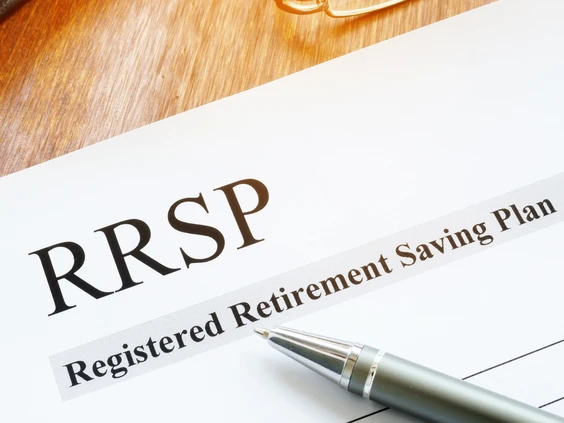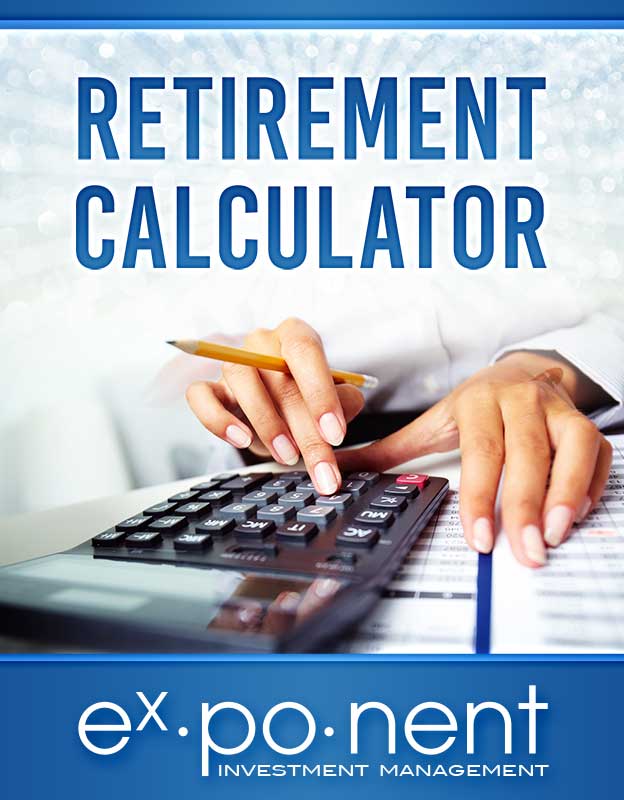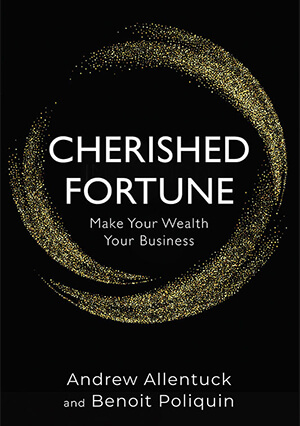Family Finance: Expert advice on how Julia can also delay QPP and OAS benefits for as long as possible, while buying a house
At 61, Julia* is happily retired, single and focused on embracing her next chapter. Specifically, after a year of renting, she wants to purchase her next home when her lease is up next July. She also wants to make sure she is saving in the most effective way to maintain a comfortable lifestyle.
She retired in spring 2024, when she was able to access her full employer pension – $70,000 a year before tax. This is her sole source of income. She has $113,000 in a chequing account — easily accessible to make the down payment on her next home, which she thinks will likely cost about $400,000. She is currently paying about $1,800 a month in rent and anticipates mortgage payments will be the same, or less. Her total expenses are $5,000 a month, slightly more than the approximately $4,700 she receives from her employer pension.
At this point, Julia plans to wait to access Quebec Pension Plan (QPP) and Old Age Security (OAS) benefits for as long as possible. “Once I apply, my employer pension will be reduced,” she said.
A conservative investor, her only other savings are $150,000 in a registered retirement savings plan (RRSP) invested in step-up bonds and fixed interest bonds currently paying between 3.8 per cent and 4.5 per cent interest. Some of these bonds will mature this fall.
A conservative investor, her only other savings are $150,000 in a registered retirement savings plan (RRSP) invested in step-up bonds and fixed interest bonds currently paying between 3.8 per cent and 4.5 per cent interest. Some of these bonds will mature this fall.
“What do I do when they mature? How do I best direct those funds? Should I cash them in and invest in a tax-free savings account (TFSA), something I’ve never done? Or should I invest within the RRSP? What types of investments should I consider?” With interest rates so low, Julia is concerned about continuing to only invest in bonds, but she is also risk averse, which is one of the reasons she wants to stop renting and purchase her next home.
“I look at real estate and owning property as an investment, something I can sell down the road.”
What the expert says
Julia has adjusted to living on her pension income successfully and her goal to maintain her current lifestyle and get back into home ownership is attainable, even though she is spending all her pension income each month and sometimes slightly more, said Eliott Einarson, a retirement planner at Ottawa-based Exponent Investment Management.
“She should continue to enjoy her early retirement years — she will never be younger than she is now and it’s common to see people spend less as they age and are less active.”
To meet the monthly shortfall, Einarson suggests one option is to take out at least the annual growth rate from her RRSP now, as it is not likely she will need more income from the RRSP later in life.
“If the RRSP creates about four per cent return per year and she takes this out as income, that would be about $500 a month before tax, more than making up her $300 a month shortfall. If she doesn’t spend it she can add it to a TFSA where the remaining cash from her bank account can go after the home purchase. “The key will be to stream out income over time, staying in her current tax bracket to meet her small monthly shortfall. This will likely still allow the account to grow modestly even though it is conservatively invested,” Einarson said.
“Eventually she will have to take more each year from the RRSP as annual RRIF (registered retirement income fund) withdrawals increase with age, but she can divert any unspent income to her TFSA in later years to take advantage of the TFSA benefits. TFSA accounts can hold the same investments as an RRSP with the benefit of both tax-free growth and tax-free withdrawals. They are an excellent place for seniors to save when they have extra income and have not yet taken full advantage of the accumulating TFSA account room.”
Another option to help supplement the first years of retirement is that Julia could use the home purchase to do more than build equity over time. For example, Einarson said she could consider having a renter — full-time or seasonal — to supplement her early retirement lifestyle.
“This would be a good place to gain passive income if she is uncomfortable tapping her RRSP early. In later years she may downsize or rent again or even want to tap the home equity if the need arises.”
Since Julia is a conservative investor and is comfortable owning a home, Einarson recommended she stay focused on that goal as planned.
“If Julia uses $80,000 of her cash on hand for a down payment, this will be 20 per cent down and leave her with a mortgage payment a little less than current rent if she stays on budget,” said Einarson. “Any additional cash remaining in her bank account can be saved or conservatively invested in a TFSA for unexpected future costs as a homeowner.”
He also said she should defer QPP and OAS benefits to age 65 when her employer pension is reduced, to make up for the shortfall and provide a level income for life.When it comes to her investment portfolio, Einarson said she could consider a more balanced mix of fixed income and dividend paying stocks to better meet current needs while also growing over time.
“This would increase risk or potential volatility, so Julia should discuss this with her adviser first. All investors have to find the balance between growth and security. You cannot have 100 per cent of both.”
*Name has been changed to protect privacy






